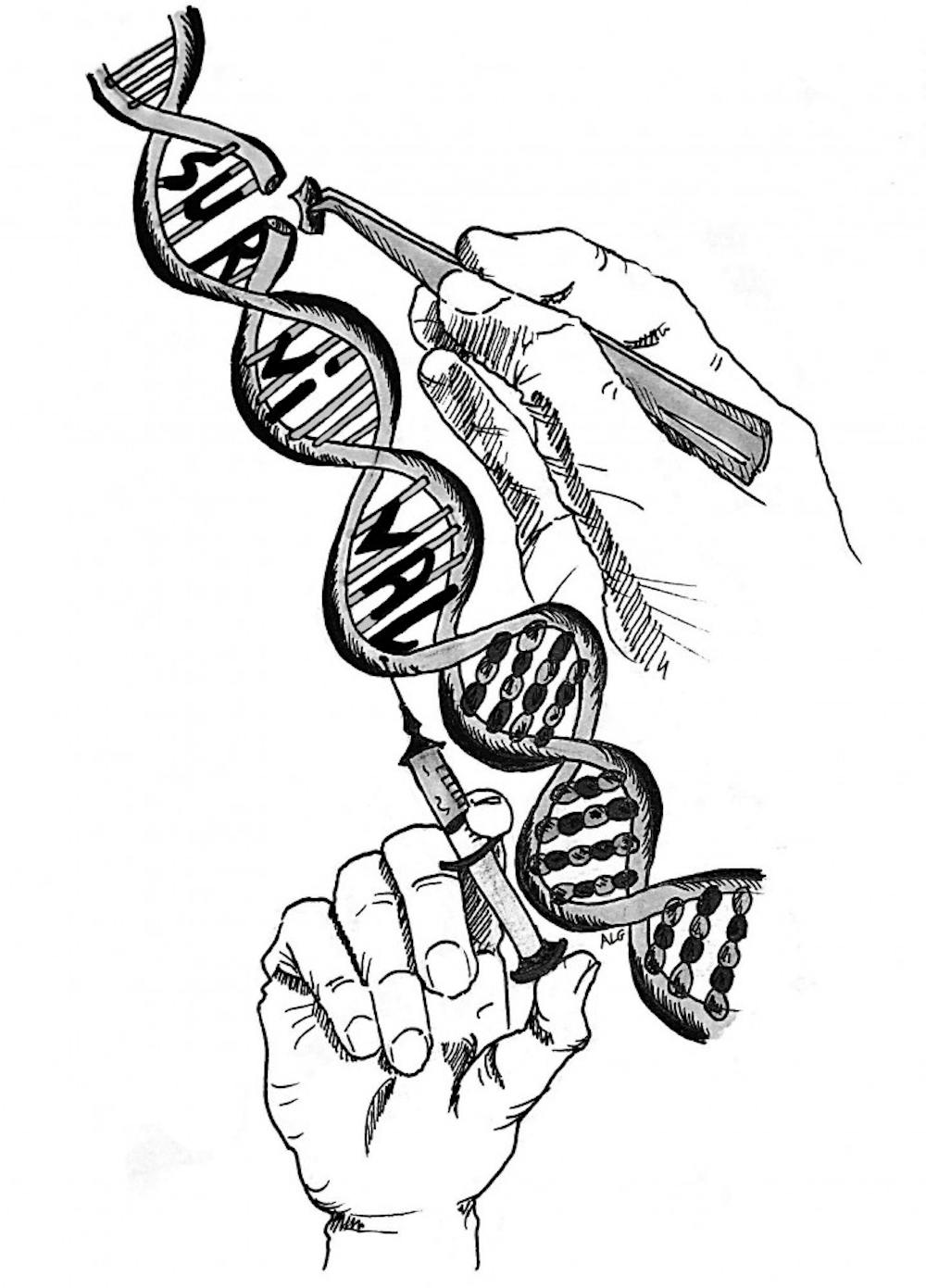A new tool developed by University researchers, dubbed SWIF(r), can identify certain genes in humans — ones that result from “adaptive mutations,” genetic differences which have spread amongst a population over time to become more common. The researchers applied their technology to genomic data from the ‡Khomani San people of southern Africa to identify adaptive mutations among the population associated with immunity and metabolism.
The name SWIF(r) stands for “sweep inference framework correlation,” where ‘r’ is the statistical notation used for denoting correlation, said Lauren Alpert Sugden, a postdoctoral fellow and member of the Ramachandran Lab, who led the study. The name alludes to the process of an adaptive mutation spreading across a population, known as a “selective sweep.”
“The idea is to be able to look at genomic data from people around the world today and to sort of infer the past: what mutations have been really beneficial for populations in adapting to different environments, different diets, different pathogens, that kind of thing,” Alpert Sugden said.
SWIF(r) offers a way of doing just that, by scanning different genomes and calculating the probability that a specific mutation is adaptive, Alpert Sugden said. The method can detect mutations that took place more than 30,000 years ago.
“As we did it, it just became very clear how powerful SWIF(r) is compared to existing methods,” said Sohini Ramachandran, associate professor of biology and computer science, director of the Center for Computational Molecular Biology and co-author of the study. Ramachandran’s lab and the CCMB use mathematical modeling and statistics to study genetic data.
Prior methods of detecting adaptive mutations involved scanning sequenced genomes and applying statistical models to identify genes that are outliers, said Brenna Henn, assistant professor in the Department of Ecology and Evolution at Stony Brook University and co-author of the study. However, factors such as large reductions in population size or rapid growth can mimic signals of adaptive selection within a group of people even when the group is not undergoing natural selection, Henn said.
SWIF(r) improves upon these methods by accounting for the histories of the populations in question and giving an easy-to-interpret output that shows whether any given gene is adaptive, Henn said.
To test the efficacy of SWIF(r), the team analyzed genetic data Henn helped gather from the ‡Khomani San people. This group has the greatest genetic diversity of any living population and is thought to have lived in their current environment for a very long time, meaning they have a high chance for adaptations to arise and are likely already adapted to their current environment, Alpert Sugden said.
In running SWIF(r) on genetic data from the ‡Khomani San population, the researchers arrived at two key findings, according to Alpert Sugden. The first involved a collection of genes associated with immunity, called the Major Histocompatibility Complex. Researchers also found evidence in genes related to metabolism supporting the “Thrifty Gene Hypothesis,” which states that the ability to store as much energy as possible arose from food insecurity in hunter-gatherer populations.
The example of ‡Khomani San genetics was a great test case for SWIF(r), said Lorin Crawford, assistant professor of biostatistics, “because it kind of shows the breadth of what (SWIF(r)) could do.” Crawford believes the tool could be applied to many different sets of genetic data to locate adaptive mutations.
Ramachandran wants people to adapt the technology to expand its capabilities. “The F in SWIF(r) stands for ‘framework’ and so the goal is that it’s implemented very flexibly,” she said, adding that ideally the tool could be used on organisms other than humans.
The project began in 2014 and went through an extensive period of development and calibration. “These things always take a lot longer than you expect them to,” Alpert Sugden said.
“It’s neat to see it out in the world,” Ramachandran said, adding that other researchers in the field have expressed interest in using the tool and collaborating with the team on new datasets.





